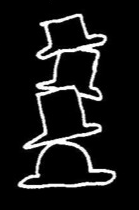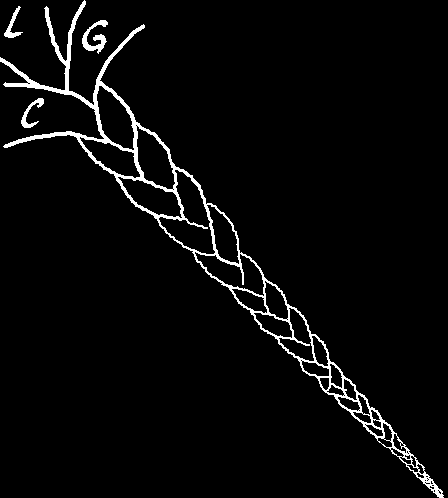Interdisciplinary work is like the weather: everybody talks about it, but nobody wants to go out in the lightning storm.
Scott Kim, more than anyone I know, has served his time in the rain, suffering often the slings and thunderbolts of outraged categories.
Fortunately for him he not only persevered but thrived and got his interdisciplinary PhD. And fortunately for us, he has written a pithy summary of the issues, with graphic marginalia. From page 10 of the Introduction to his Viewpoint Dissertation:

On interdisciplinary work
Curiously, the word interdisciplinary exists only as an adjective. There are disciplines, but no interdisciplines. It is as if interdisciplinary people must forever wander homelessly. Thinking further about the nature of interdisciplinary work, I realized that the word “interdisciplinary” has several shades of meanings.

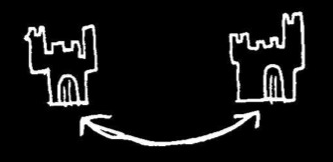
Castles. Disciplines are private, walled kingdoms sitting on neighboring hills. Occasionally, bilingual messengers carry news from one kingdom to another. The walls were originally built to defend territories. Nowadays kingdoms grudgingly accept that they must coexist.

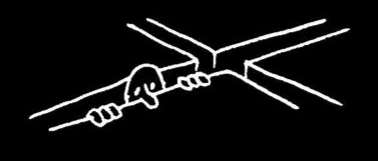
Cracks. The world of knowledge is cut up into categories. Categories bring a sense of order and stability to an otherwise chaotic world. Some people don’t fit the categories, but instead fall between the cracks. For them we invent a new category: people who can’t be categorized.

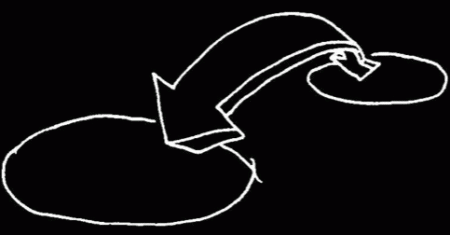
Bridge-builder. Disciplines are islands separated by the sea of ignorance. Interdisciplinary people build bridges between islands so that others may cross. Without such bridges, passage between islands is difficult. One day, perhaps, all islands will be connected.
Fence-sitter. The boundaries between disciplines are marked by fences. Without such fences, we could never tell who owned what territory. Each person must decide where he or she belongs. Interdisciplinary people sit on the fence, never deciding which side to commit to.
Hats. Throughout the day, we all play many different roles: parent, child, teacher, student, worker, friend, creator, performer, viewer. Each role comes with its own hat. Interdisciplinary people wear several hats at once. Too many hats make balancing difficult.
Viewpoint. I named my project “Viewpoint” as a reminder of the subjective nature of perception. There is only one world, but many ways to view it. Different frames lead to different interpretations. Interdisciplinary people are able to switch points of view.
Differing viewpoints exist not only between disciplines but within disciplines. In computer science, a digital circuit designer views programming as a way of telling a computer what to do, where as a programmer views digital circuitry as a way of implementing an algorithm. In graphic design, a production artist views a design concept as way of figuring out what to do with tools, whereas a graphic designer views tools and techniques as ways of implementing a design.
All text and graphics © 2013 Scott Kim. All rights reserved.

